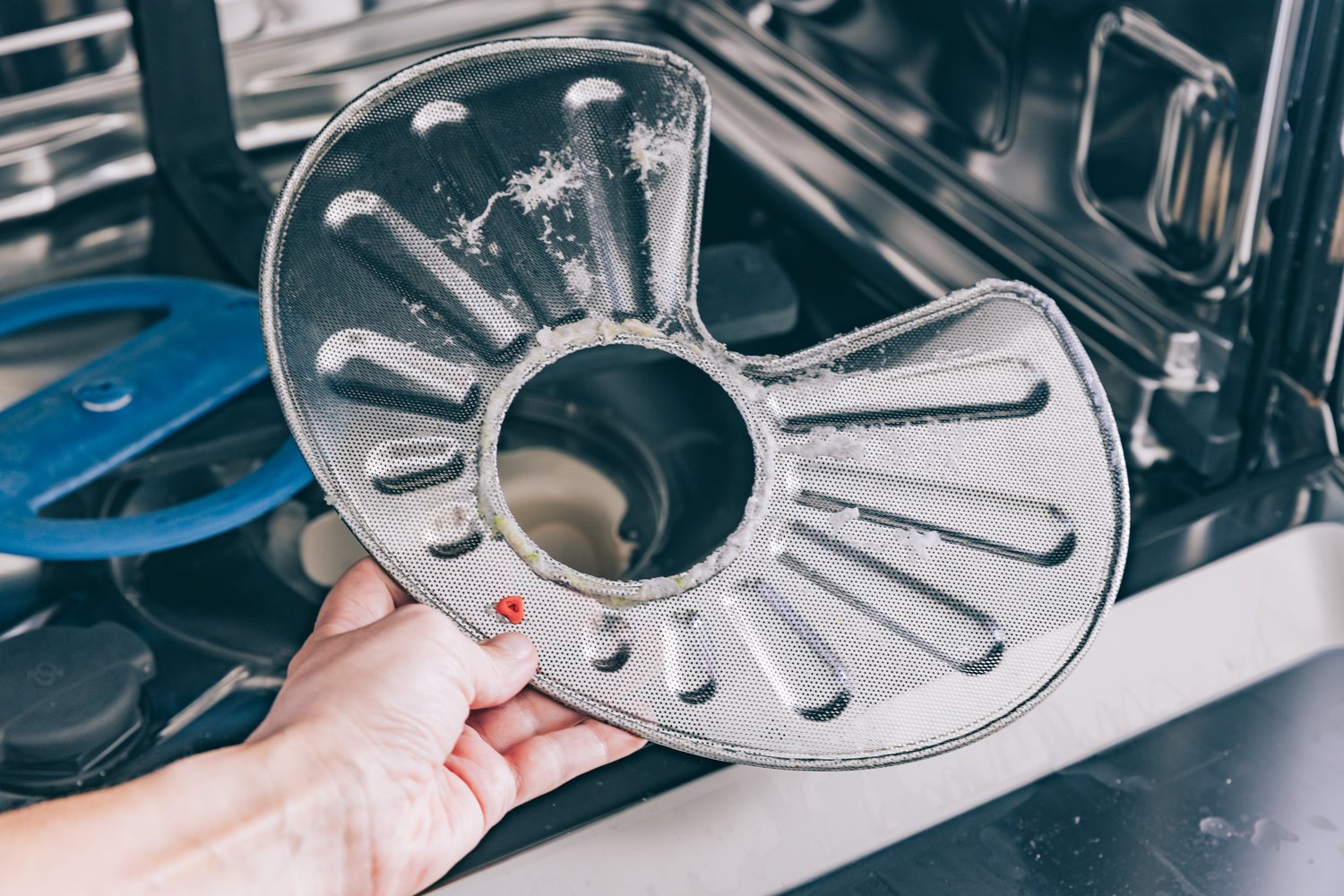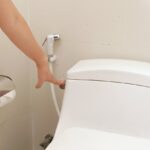Is your dishwasher leaving pools of water at the bottom? This frustrating issue can turn any kitchen task into a chore. By understanding the common causes of dishwasher drainage problems, you can easily restore efficiency and peace to your home routine without needing to call in professionals.
- Discover the main reasons why dishwashers fail to drain, such as pesky blockages and mechanical faults.
- Find out how to spot and remove common obstructions from your dishwasher’s drainage system, ensuring a clear path for water.
- Learn accessible DIY methods to troubleshoot and solve drainage issues, often saving time and money.
Armed with this knowledge, you can confidently tackle drainage challenges, ensuring your dishwasher runs smoothly and maintains its longevity. Join us in exploring effective solutions to keep your kitchen running seamlessly.
Understanding the Problem: Dishwasher Not Draining Solutions
A dishwasher not draining properly can be a frustrating experience for many homeowners. Understanding the common causes of this issue is crucial in preventing and solving it effectively. The main reasons a dishwasher might not drain include obstructions in the drainage system and various mechanical faults. By identifying these issues early, you can maintain your appliance’s efficiency and longevity.
Often, the problem starts with common blockages that can occur in various parts of the dishwasher. Clogs in filters, hoses, and even the dishwasher’s pump can lead to water remaining in the bottom of the machine after a cycle. Left unchecked, these blockages can not only affect performance but may also cause unpleasant odors and increase the risk of damage.
Mechanical issues can also play a significant role. For instance, a faulty drain pump may not effectively expel water, or there could be problems with the dishwasher’s motor or electrical components disrupting the process. Recognizing these signs early allows you to take swift action.
By thoroughly understanding what causes drainage problems and how to identify them, you can keep your dishwasher in top working order. Your proactive approach can save time, reduce stress, and potentially eliminate costly repair bills or replacements in the future.
Checking for Common Blockages
When your dishwasher isn’t draining, one of the first steps is checking for common blockages. Begin by inspecting the dishwasher filter. Over time, food particles and debris can accumulate, impeding water flow and affecting drainage. Cleaning the filter regularly can prevent these blockages from developing.
Next, examine the drain hose for any kinks or obstructions. A pinched or clogged hose can be a frequent culprit when water fails to drain properly. Ensure that the hose is free from twists and gently remove any visible debris.
Additionally, check the garbage disposal connection if your dishwasher is linked to one. An improperly installed or blocked knockout plug can obstruct water flow, necessitating a quick inspection and any necessary adjustments.
Clearing these common blockages from your dishwasher’s drainage system helps ensure smooth operation. By maintaining regular checks and following these dishwasher not draining solutions, you can avoid more significant problems and keep your appliance running efficiently.
DIY Fixes and Dishwasher Not Draining Solutions
Facing a dishwasher not draining issue can be frustrating, but with some patience and the right steps, you can tackle this problem without needing professional intervention. Start by ensuring you have unplugged the appliance before attempting any fixes to guarantee safety.
A common cause of drainage problems is a clogged or dirty filter. Locate your dishwasher’s filter, typically found at the bottom of the machine. Remove it carefully and rinse out food debris and any buildup under running water. Keeping your filter clean not only helps alleviate drainage issues but also improves the appliance’s overall efficiency.
Next, check the dishwasher drain hose for any blockages or kinks. It’s often found behind or beneath the dishwasher and connects to your plumbing system. Detach the hose, if necessary, to see if anything is obstructing it. Running water through it can help identify and clear any clogs, restoring proper drainage function to your machine.
Another troubleshooting tip includes inspecting the air gap, if your system has one, which prevents dirty water from re-entering the dishwasher. Unscrew the cap and check for any debris blocking the opening. A simple clean-up of this component aids in preventing drainage problems.
In cases where these steps do not resolve the issue, examine the garbage disposal connection. Often, dishwashers are linked to disposals. Ensure that both appliances are free from obstructions and functioning correctly. Sometimes, running the disposal can clear blockages affecting dishwasher drainage.
Should these DIY solutions not succeed, further exploration of the pump or motor might be necessary, though replacing these parts typically requires expert help. However, most homeowners can resolve drainage issues using these straightforward fixes, ensuring their dishwasher resumes normal operation promptly.
Frequently Asked Questions about Dishwasher Drainage Issues
Why is my dishwasher not draining?
Common causes include blockages in the filter, drain hose, or garbage disposal, as well as mechanical faults.
How do I check for blockages in the dishwasher?
Inspect the filter, drain hose, and garbage disposal. Remove any visible obstructions and rinse the filter under running water.
Can I fix a dishwasher that isn’t draining myself?
Yes, many issues can be resolved by clearing blockages or checking the drain hose for kinks.
How often should I clean the dishwasher filter?
Monthly cleaning is recommended to prevent clogs and ensure optimal performance.
When should I call a professional for dishwasher issues?
If DIY solutions don’t work or if you suspect a mechanical fault, it’s best to call a technician.





